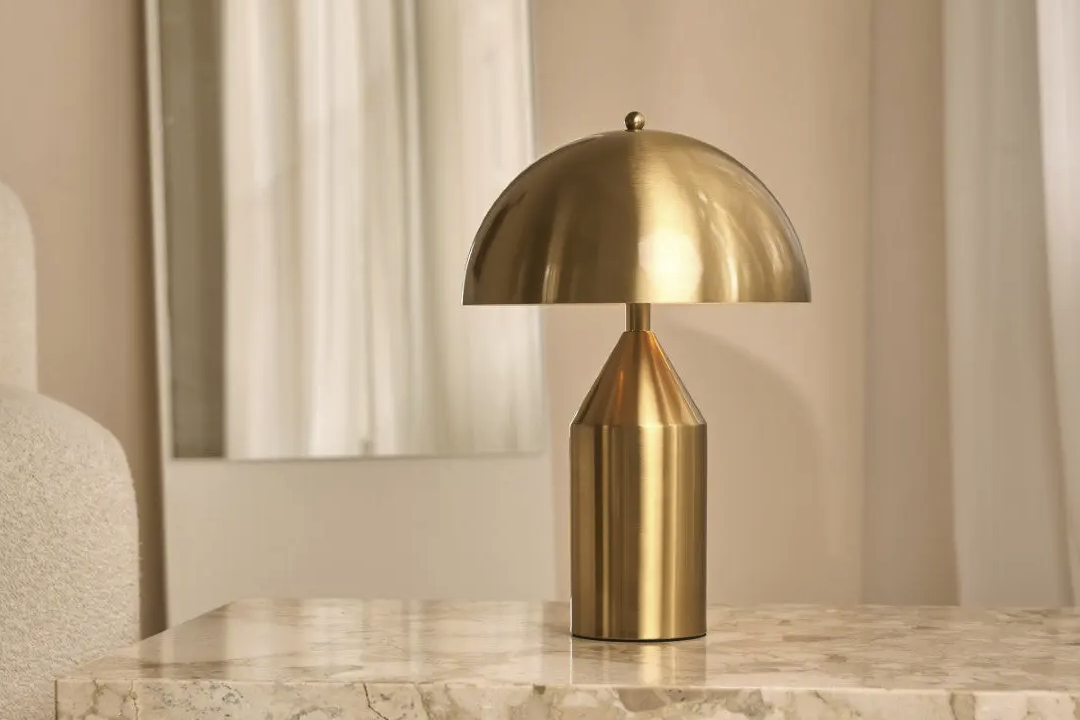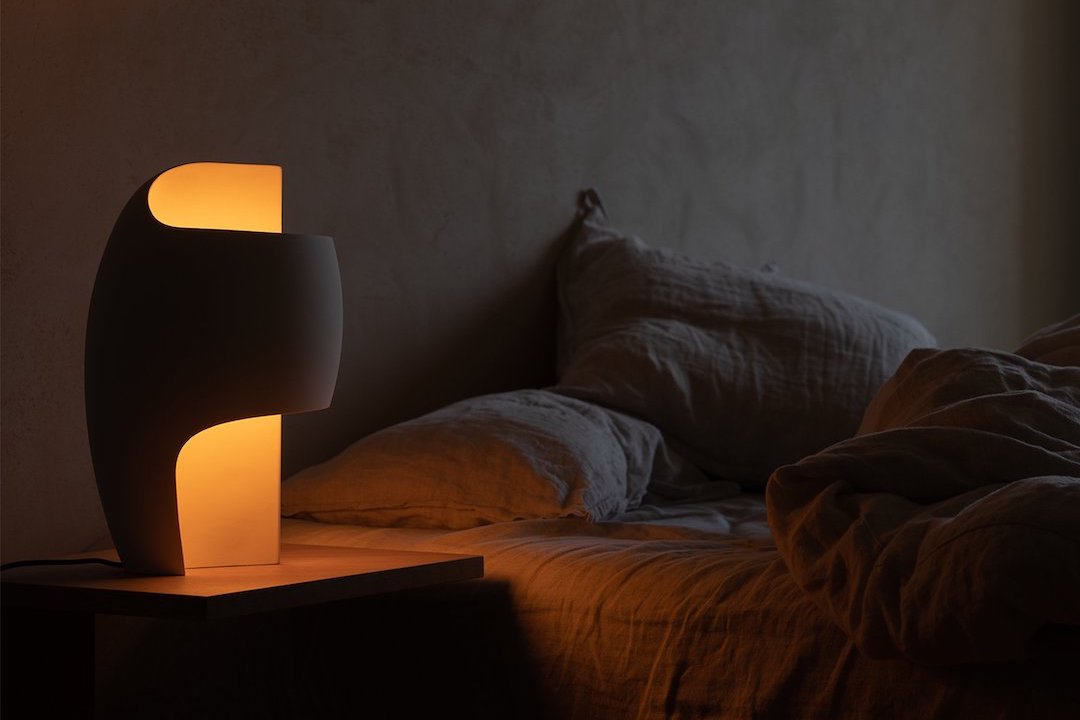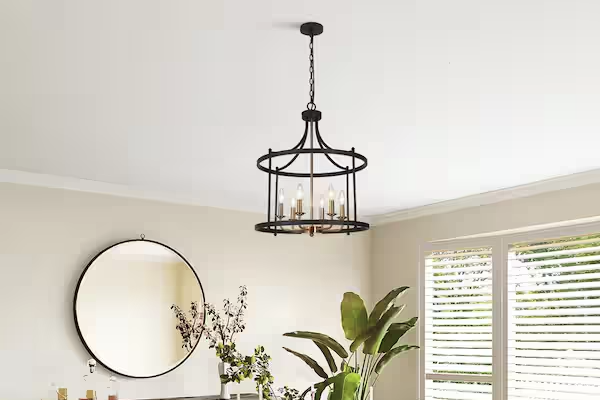Introduction
If you’re looking for a lighting fixture that can add elegance, uniqueness, and a hint of Japanese culture in your home, the Japanese lantern chandelier might be a great addition. This type of chandelier is characterized by its distinctive shape, reminiscent of the traditional Japanese paper lanterns that we often see in festivals, shrines, and homes.
In this article, we will take a closer look at the Japanese lantern chandelier, its history, design, and various applications. We will also discuss the benefits and possible drawbacks of this type of lighting fixture, and how to choose and install one in your home.
History and Design
The Japanese lantern chandelier is a fusion of traditional Japanese lanterns and modern lighting designs. It originated from the chandeliers that were introduced in the 17th century Europe, which were made of glass or crystal and hung from the ceilings of grand halls and ballrooms.
The Japanese version of chandelier, however, was made to be more casual and intimate, suitable for smaller spaces such as Japanese tea rooms and restaurants. The lantern shape, made of paper, wood, or metal, diffuses the light and creates a cozy, warm ambiance. Traditional Japanese lanterns often feature intricate patterns, calligraphic writings, or images related to nature, mythology, or Buddhism.
In recent years, the Japanese lantern chandelier has gained popularity in the Western world, thanks to its unique appearance and versatile applications. It can be used as a statement piece in a modern living room, a focal point in a Japanese-themed restaurant, or a decorative element in a garden party.
Benefits and Drawbacks
Like any other lighting fixture, the Japanese lantern chandelier has its pros and cons. Here are some of the benefits and possible drawbacks of using this type of chandelier:
Benefits
– Unique and eye-catching design: the lantern shape and Japanese-style patterns can add a touch of elegance and exoticism in your home.
– Warm and cozy lighting: the soft, diffused light from a Japanese lantern chandelier can create a relaxing and inviting atmosphere, especially in intimate spaces.
– Versatile applications: the chandelier can be used in various settings, from traditional to modern, from indoor to outdoor, from residential to commercial.
Drawbacks
– Fragility: many Japanese lantern chandeliers are made of paper or other delicate materials, which may require careful handling and maintenance.
– Limited brightness: due to the diffusive nature of the lantern shape, the chandelier may not provide enough illumination for larger spaces or activities that require stronger lighting.
– Cost: some high-end Japanese lantern chandeliers can be expensive compared to other lighting fixtures.
Choosing and Installing a Japanese Lantern Chandelier
If you decide to buy and install a Japanese lantern chandelier, here are some tips and considerations:
– Material: choose a material that suits your needs and preferences. Paper lanterns are lightweight and elegant but may not be suitable for outdoor use or high-traffic areas. Wood or metal lanterns are more durable but may be heavier and less flexible in terms of design.
– Size: the size of the chandelier should be proportional to the space where it will be installed. Too small or too big lanterns can be distracting or overwhelming.
– Location: choose a location that highlights the chandelier’s beauty and functionality. A central spot in the ceiling, above a dining table or a living room sofa, can be ideal.
– Installation: follow the manufacturer’s instructions or hire a professional to install the chandelier safely and securely. Make sure that the wiring and the anchor points are properly installed and tested before turning on the electricity.




